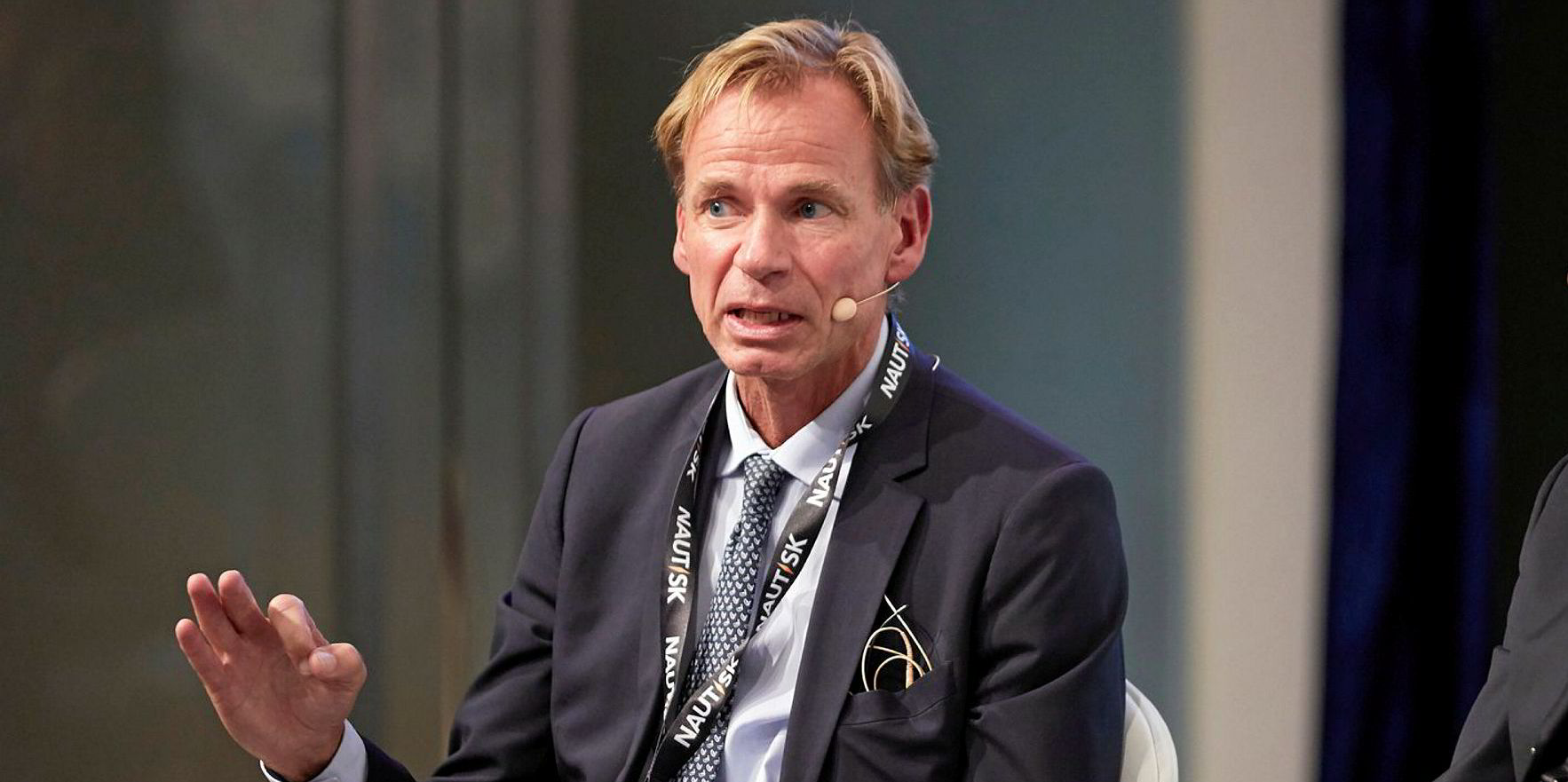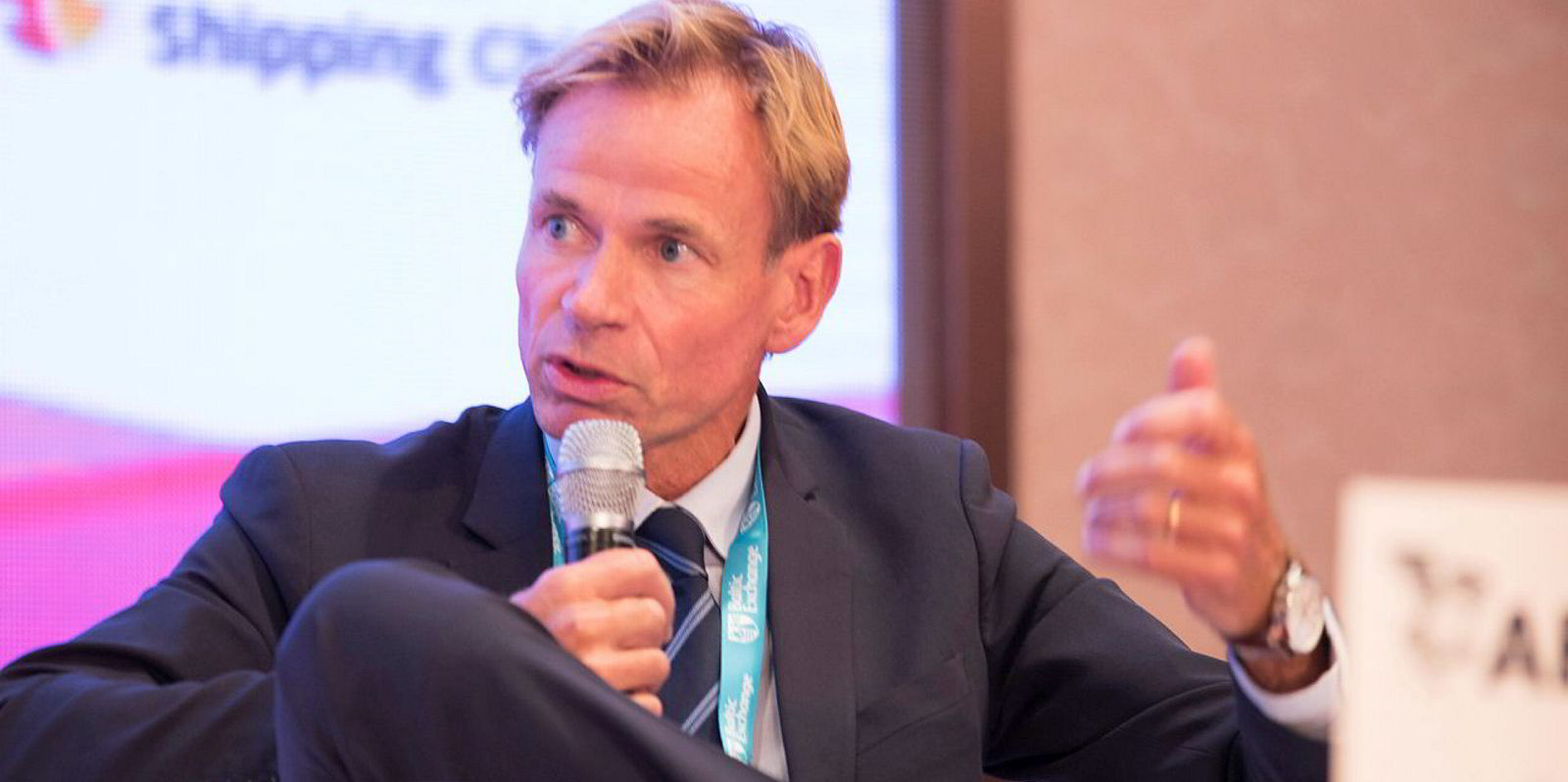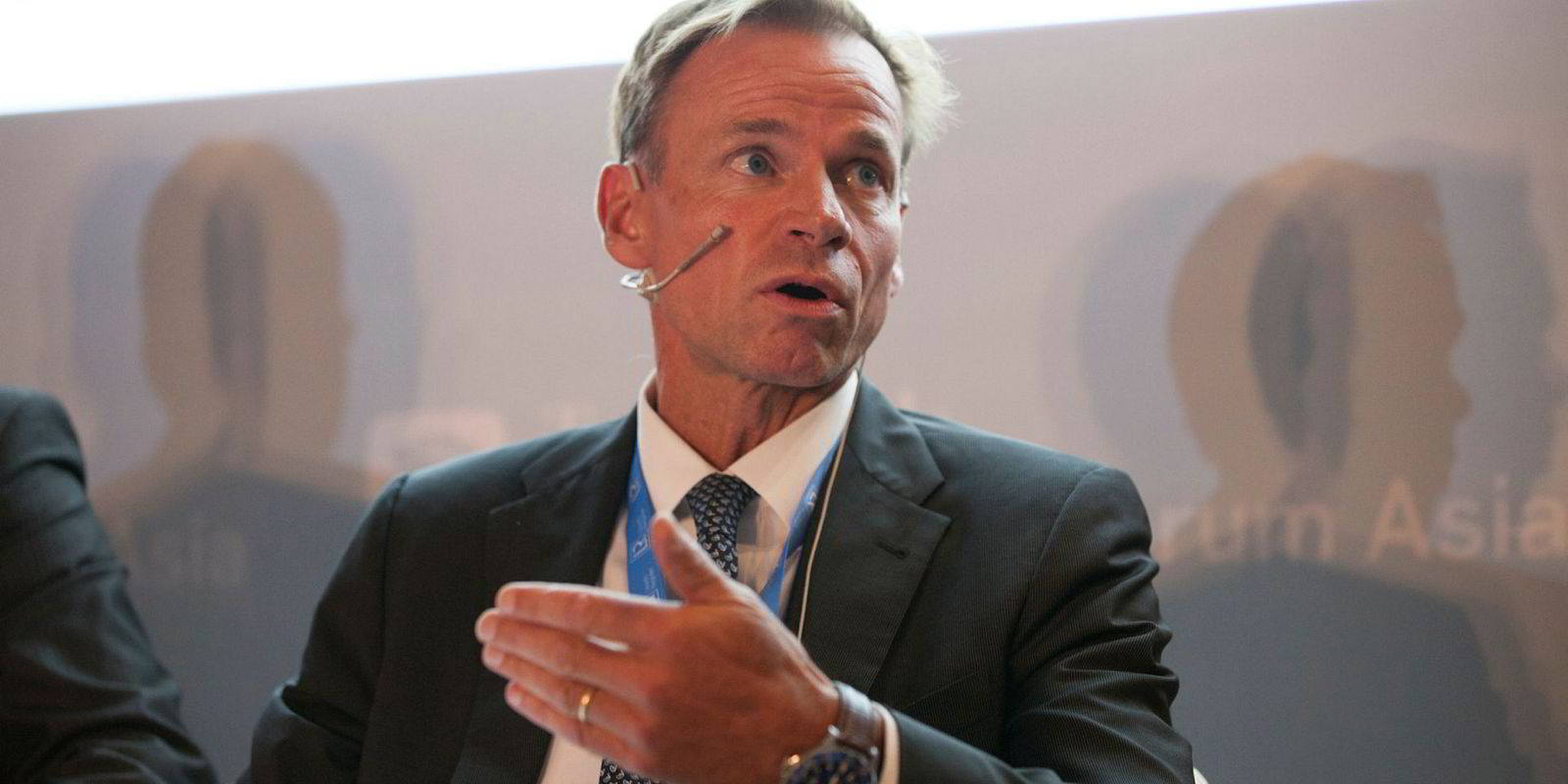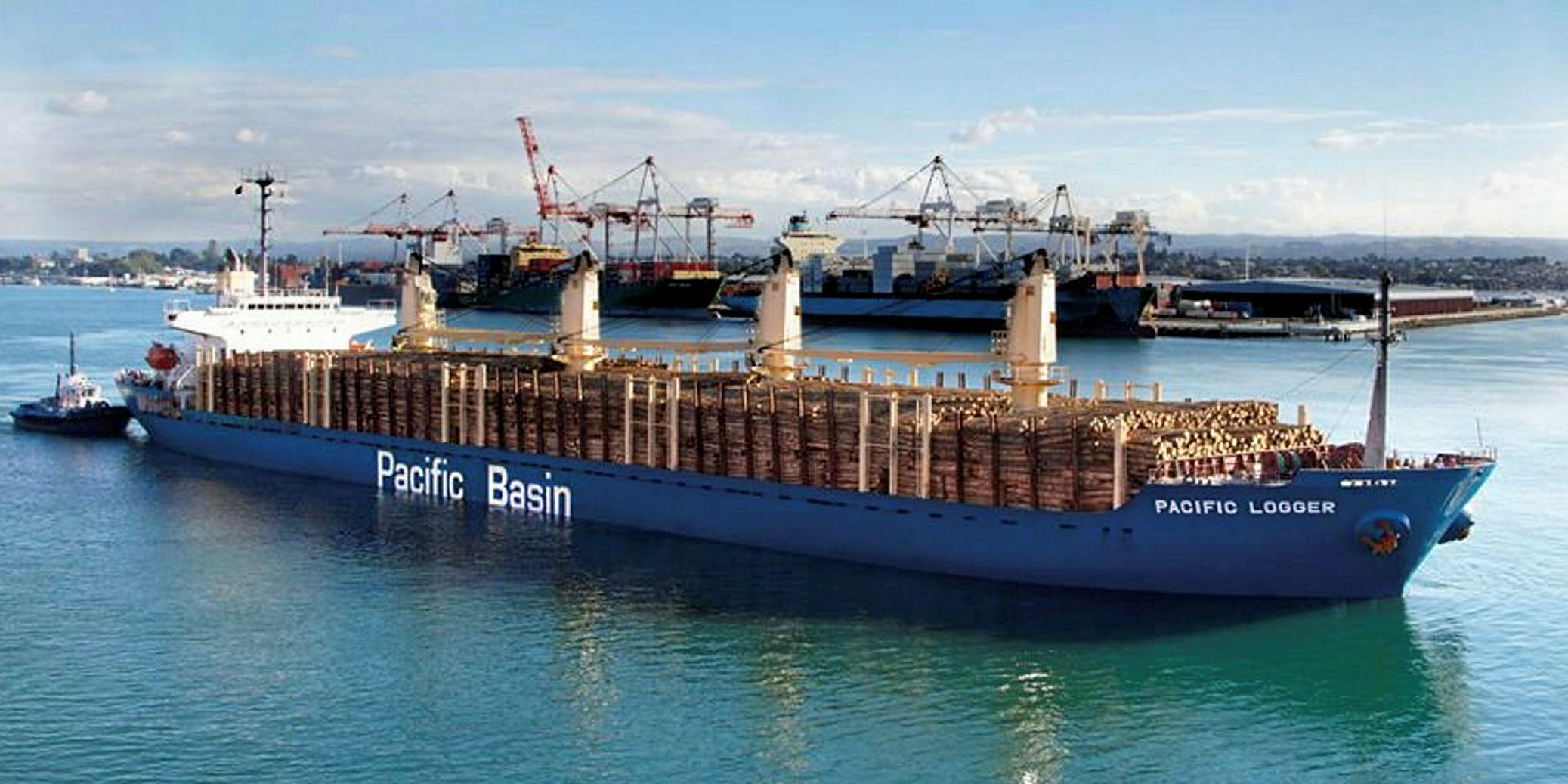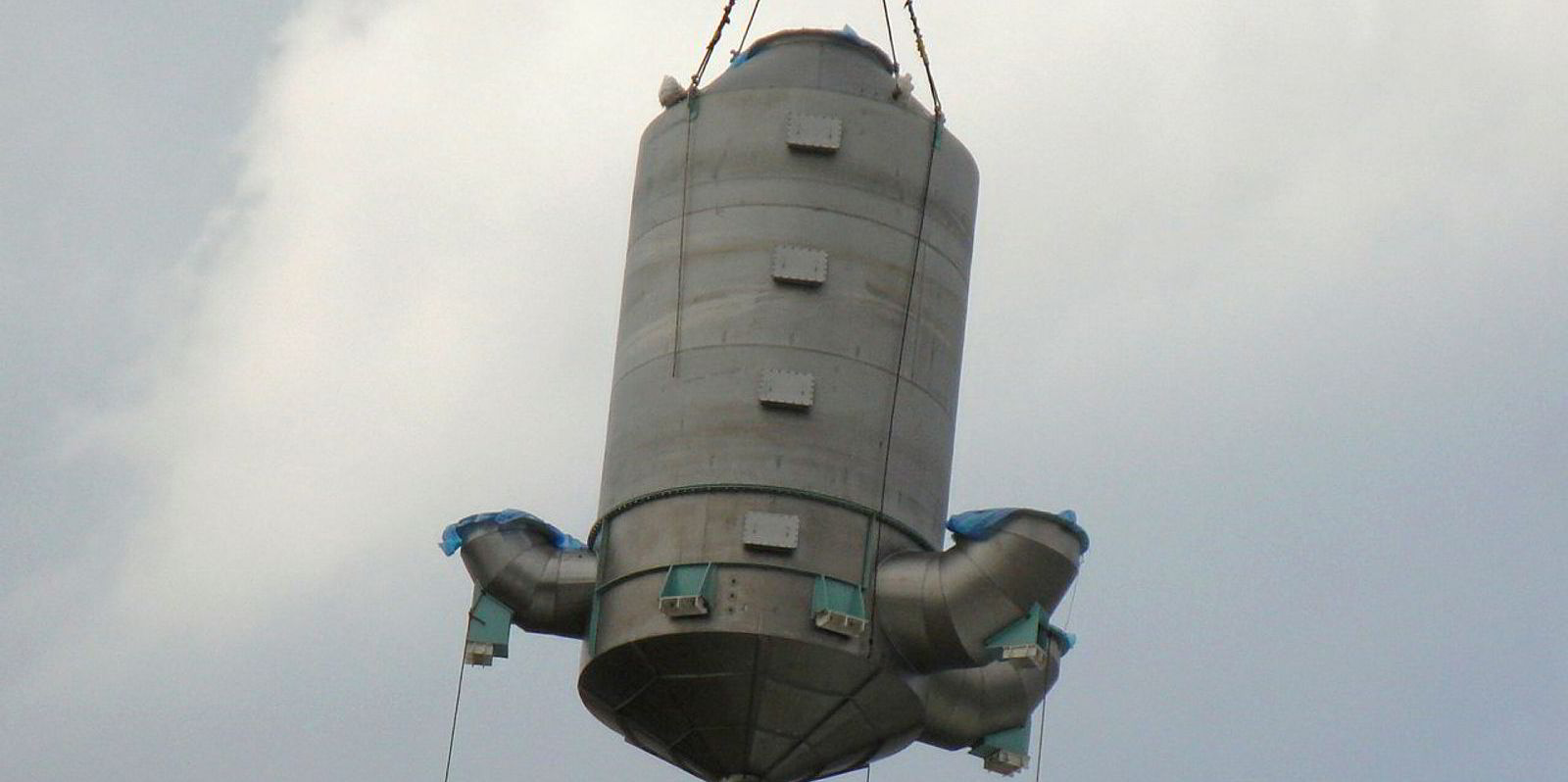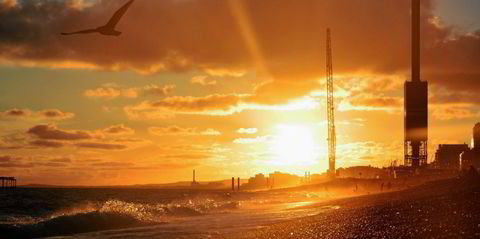Pacific Basin plans to fit the majority of its fleet of supramax bulkers with scrubbers by the end of this year, in what marks a major switch in strategy.
Mats Berglund, chief executive of Pacific Basin, told TradeWinds around 25 of the company's fleet of 32 owned supramaxes would be fitted with the exhaust gas cleaning systems.
While he described the figure as "flexible", fitting scrubbers on so many vessels marks a change of direction for the company and its chief executive, who has previously been a critic of the technology.
Ten of the Hong Kong-based company's supramaxes have already been fitted with open-loop, hybrid-ready scrubber systems, and he said the remaining vessels all have drydock slots booked for later this year.
Berglund told TradeWinds in March that Pacific Basin was sceptical about scrubbers and would prefer to focus on using low-sulphur fuel because "it’s incentivising fuel efficiency".
A year ago, in an interview published in TradeWinds, he had concerns over whether scrubbers were an efficient solution, either technically or environmentally.
Balanced 2020 strategy
The rest of Pacific Basin's 235-vessel operated fleet will run on compliant fuel, Berglund confirmed on Friday.
"That gives us, we believe, a little bit of a balanced approach," he said.
"We're primarily complying with low-sulphur fuel but having some ships scrubber-fitted allows us the flexibility and optionality to perform some voyages, likely the longer voyages where you consume more fuel over longer seagoing passages."

Pacific Basin is pushing ahead in its preparations to be compliant with the new IMO sulphur regulations, which come into effect on 1 January.
"Scrubbers are getting a lot of attention, but also on all the other ships it's a real big job to clean the tanks and get crew trained to manage the new types of fuels, and to get a fuel contract in place to secure availability of the best-quality compliant fuels," he said.
While it is investing in scrubbers, Pacific Basin continues to look for acquisition candidates "cautiously and opportunistically" and is still inspecting vessels.
As Berglund put it: "We're picky."
Results reaction
Berglund described the company's first-half results, which were posted on Thursday, as "a good result in a weak market".
The outfit saw its earnings hit by around $1,000 to $1,500 per vessel per day during the first six months of 2019.
This was much less than the wider market, which Berglund estimated was impacted by $3,000 to $3,500 per day.
"To still book a bottom-line profit in that market is really quite an achievement," Berglund said.
Pacific Basin's vessels are laden for more than 90% of all days at sea on average, which has helped support its time-charter equivalent (TCE) earnings during the period, he said.
"Secondly, we have very competitive operating expenses [opex], thanks to our scale," Berglund said. "We're below $4,000 per day opex, which not many can match."
Scale also helps keep the company's general and administrative (G&A) overheads low, he said.
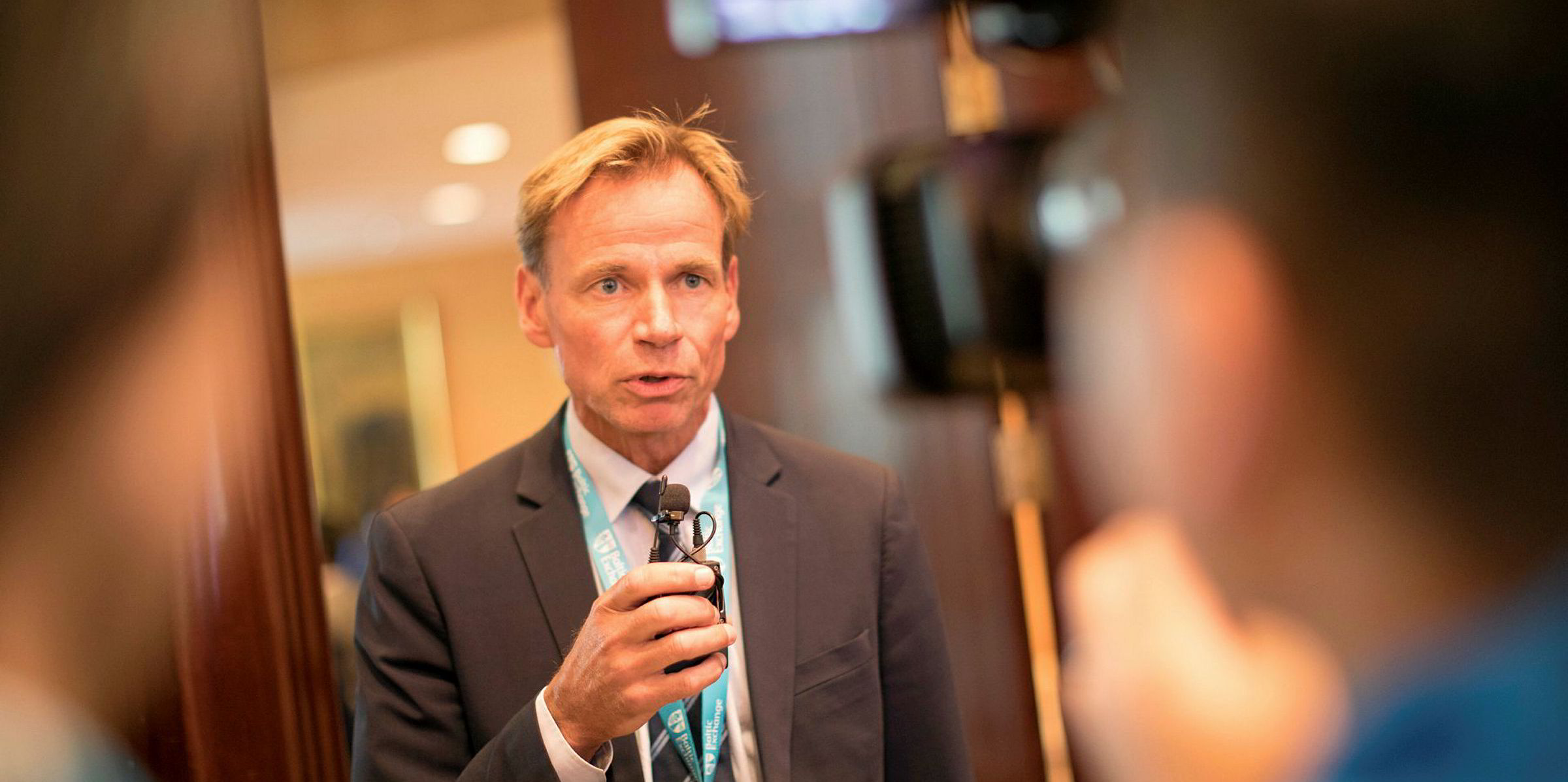
Its financing costs are low too, and the first half of 2019 showed they have fallen further.
In May, the company secured a new $115m revolving credit facility at an interest rate of Libor plus 1.35%, lower than the $40m loan extension it secured from Danish Ship Finance in November at Libor plus 1.5%.
Berglund said these low finance costs were a "significant benefit", compared with others who are borrowing at around 2% to 3% over Libor.
Stronger times ahead
Berglund remains optimistic that better market conditions await the handysize and supramax sectors in months to come.
"Fleet growth is expected to be really low next year for handys and supras, while minor bulk demand is decent and more steady than the other commodities," he said.
Vessels leaving the market to have scrubbers and ballast water treatment systems installed will also help stem supply, he added.
On the vessel demand side, the grain export season is ramping up in the Black Sea, Ukraine and Argentina; grain traffic out of the Mississippi River is returning to normal after flooding, and iron ore exports from Brazil are going back to normal too.
These factors should help keep rates at firm levels in the coming year, according to Berglund.
